I have seen a lot of problems with flat roofing systems over the years. For the most part, I chalk them down to applicator error.
I consider all of the mainstream, accepted roof systems good, for the most part. In my experience, most problems occur with faulty installation. Modified bitumen is no exception.
Modified bitumen (mod-bit, or torch-down modified) is a flat roofing system that comes in two main varieties – Styrene-Butadiene-Styrene (SBS) and A-Tactical Polypropylene (APP).
- SBS is like synthetic rubberized (flexible) asphalt.
- APP feels more like a thermoplastic (stiffer) asphaltic product.
APP is generally less expensive than SBS. It’s hard to tell which is which on a roof without cutting a sample and feeling it as they both look identical.
Common Problems
Here’s a rundown of the common problems I see with mod-bit installations:
1. No Base Sheet
Mod-bit is really a two-ply (vs. single-ply) membrane system, a base layer, and a granulated cap sheet. The base sheet should be smooth modified and the cap sheet granulated modified. (The granules protect from UV light).
For most of the roofs I examine, the roofer has used tar paper as their base layer. Tar paper is not meant to be a base sheet. A base sheet is supposed to protect the underneath layers from the flame of the torch when you are applying your actual base layer (smooth modified).
For example, when you are installing a roof over ISO boards, you can use tar paper to protect the ISO from the flames of the torch as ISO is not fire resistant. If your roof has no base layer, only tar paper, it will be a 5-10 year roof at best. That’s a much shorter lifespan than expected for an asphalt flat roofing material.
2. Untorched Membrane Field
This one blows me away every time.
Mod-bit is a fully adhered roof system. The roofer uses a torch to heat the bottom of the membrane and burn off the plastic film. This makes the membrane soft and sticky so it fuses to the layer underneath. The entire sheet must be heated for it to be “fully adhered.”.
Installers should take special care to ensure seams are fully heated and there is 1/8 inch of “bleed thru” space when installing modified bitumen roofing systems. Just heating the seams is NOT INSTALLING THE ROOF. If you only fuse the seams together, you will have a loosely laid roof, one that has not adhered at all.
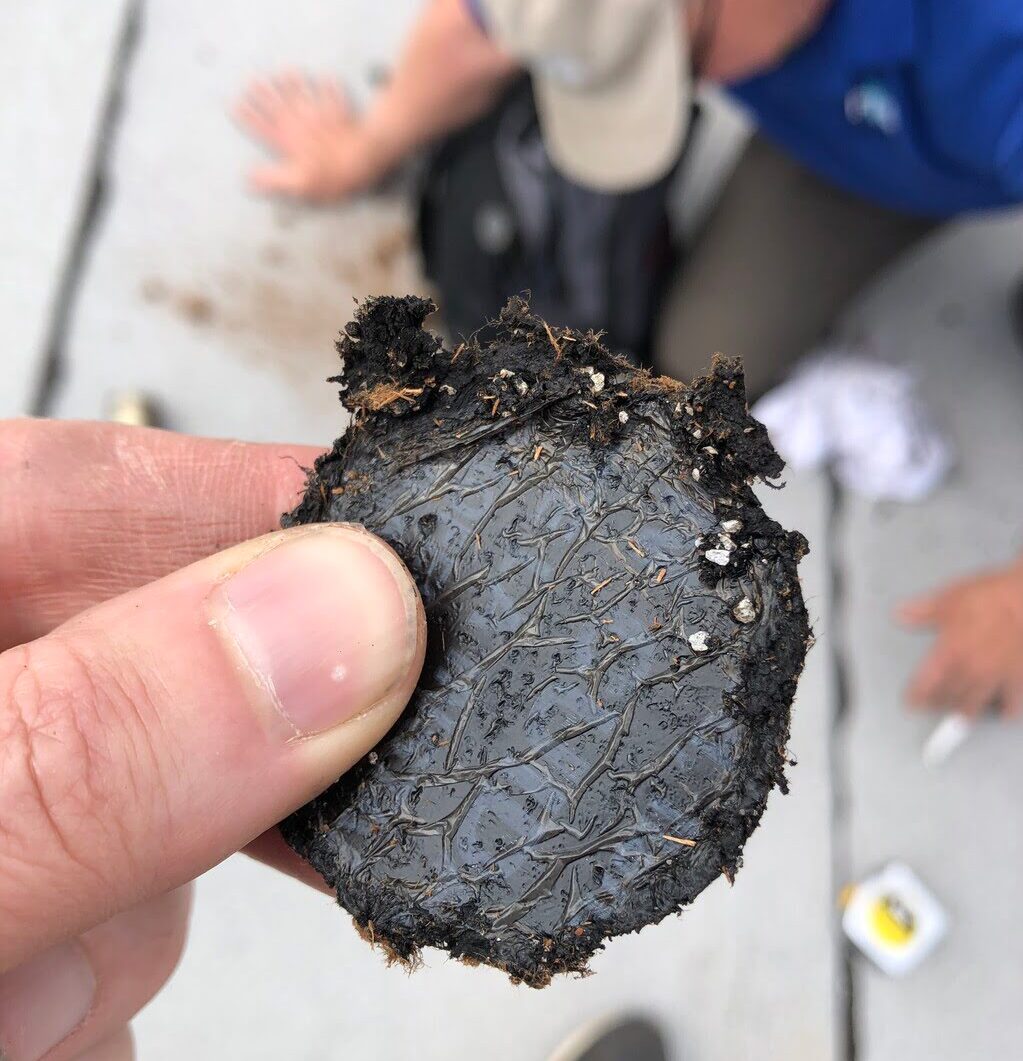
3. Unwaterproofed Edge Metal
This is the most common issue I encounter with modified bitumen roofing, second only to no base layer.
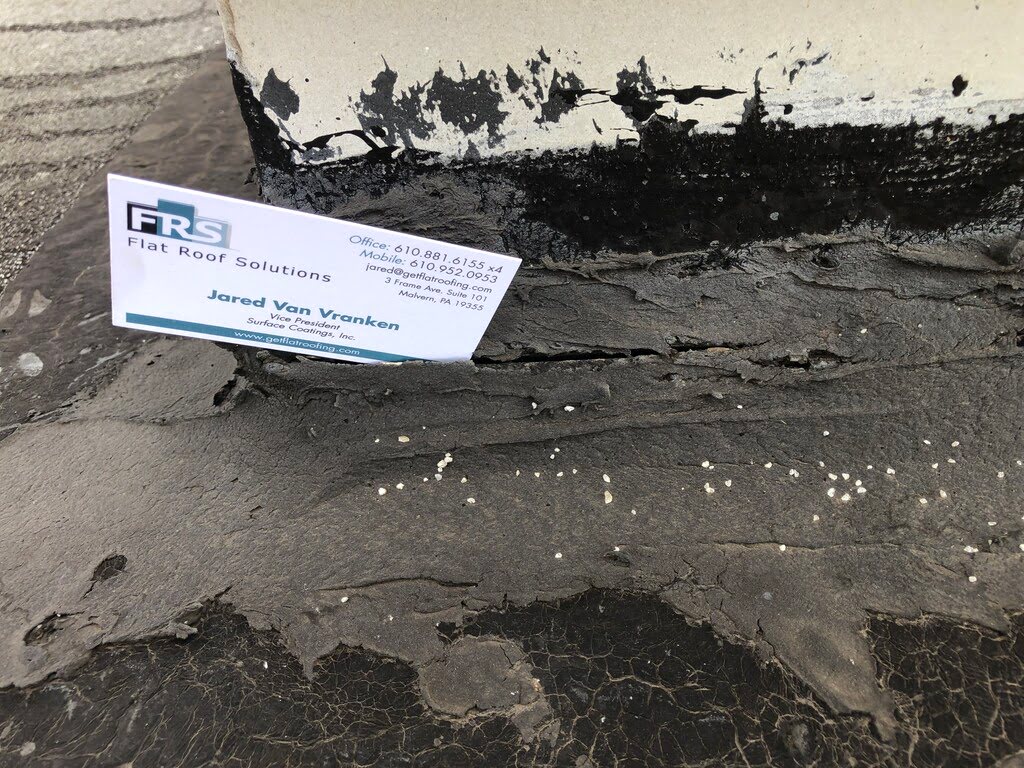
In the photo above, you can see the cap sheet (with no base layer) has been run to the roof edge. The roofer attached drip edge to the deck using light gauge metal only suitable for a house (that’s a topic for another article) by driving nails through his new roof. The roofer sealed the drip edge in with roof cement and called it a day.
Elevate (formerly Firestone) is a premier provider of industry-leading roofing materials. They recommend installing an additional piece of mod-bit over the joint between the edge metal and your new roof in order to make it waterproof. Roof cement is meant to fuse mod-bit to itself and other things on the roof. It is meant to go underneath the mod-bit like an adhesive, not sit on top like a sealant.
Roof cement is not a sealant. It is not UV stable. It dries and it cracks.
4. Roof Cement as Curb / Penetration Flashing
Similar to #3 above, installers should use additional pieces of mod-bit to make flashings. Instead, they run their deck sheets to the curb and then simply trowel on roof cement at the transition. Absolutely terrible. It will not remain waterproof for very long.
If you want to learn more, Elevate offers a free modified bitumen curb installation guide.
Conclusion
Is modified bitumen a good roofing system? I can honestly say I encounter one or more of the above-identified issues on virtually every mod-bit roof I am asked to examine. Given that these problems are so pervasive, you would be right to wonder if they can be avoided.
A cynic would say “Steer clear of mod-bit and you won’t have to worry about it”. Unfortunately, though, no roofing system is perfect and you would just be trading one set of problems for another.
Your best option is to find a reputable roofer who works directly with manufacturers and offers a manufacturer’s warranty. At least that way, you know they’ll be working with a set of specifications and detailed drawings they have to abide by in order to get the roof approved for warranty at the end of the job.


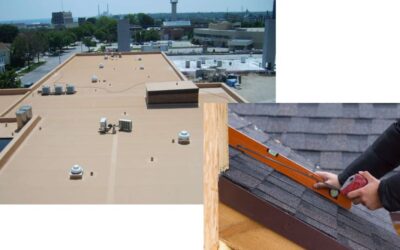
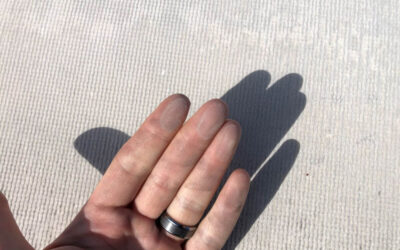
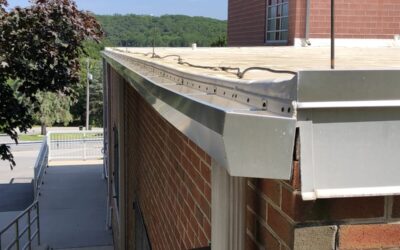




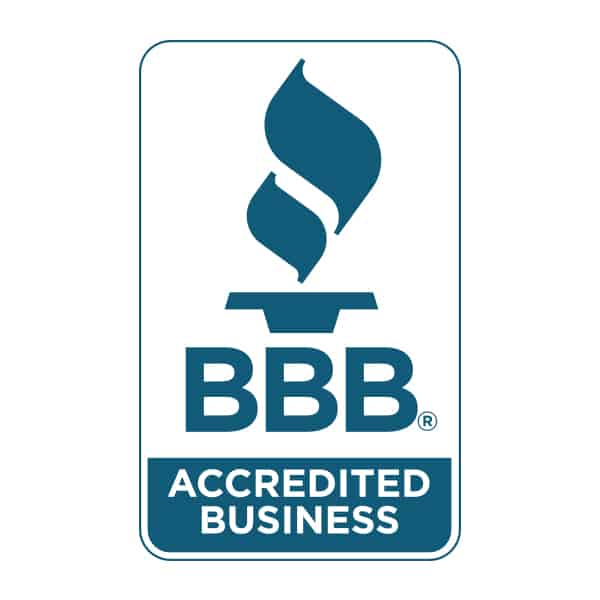

0 Comments